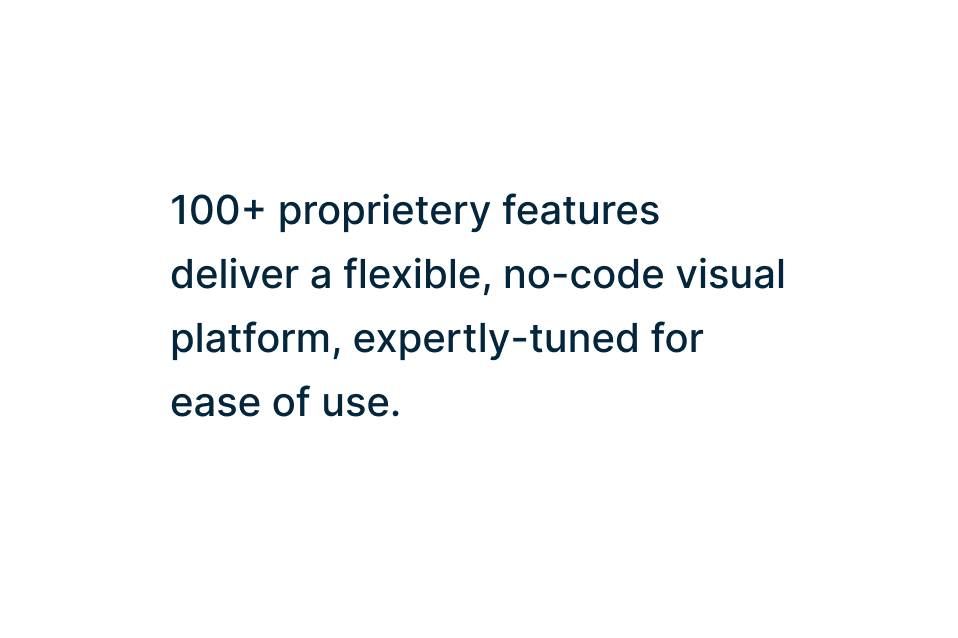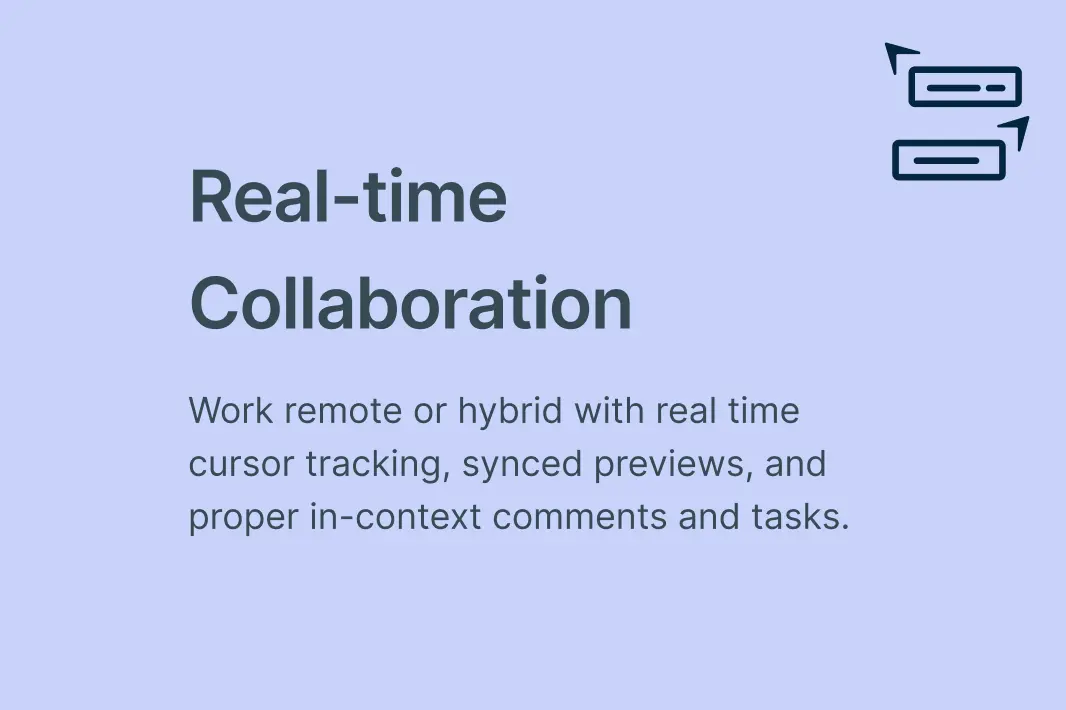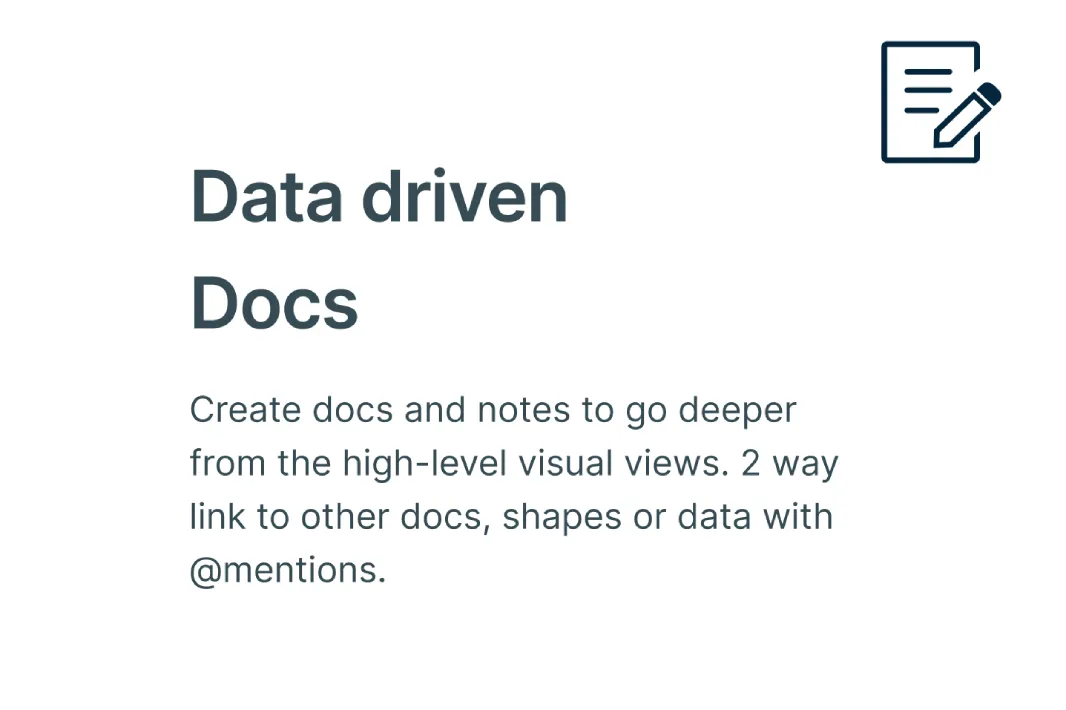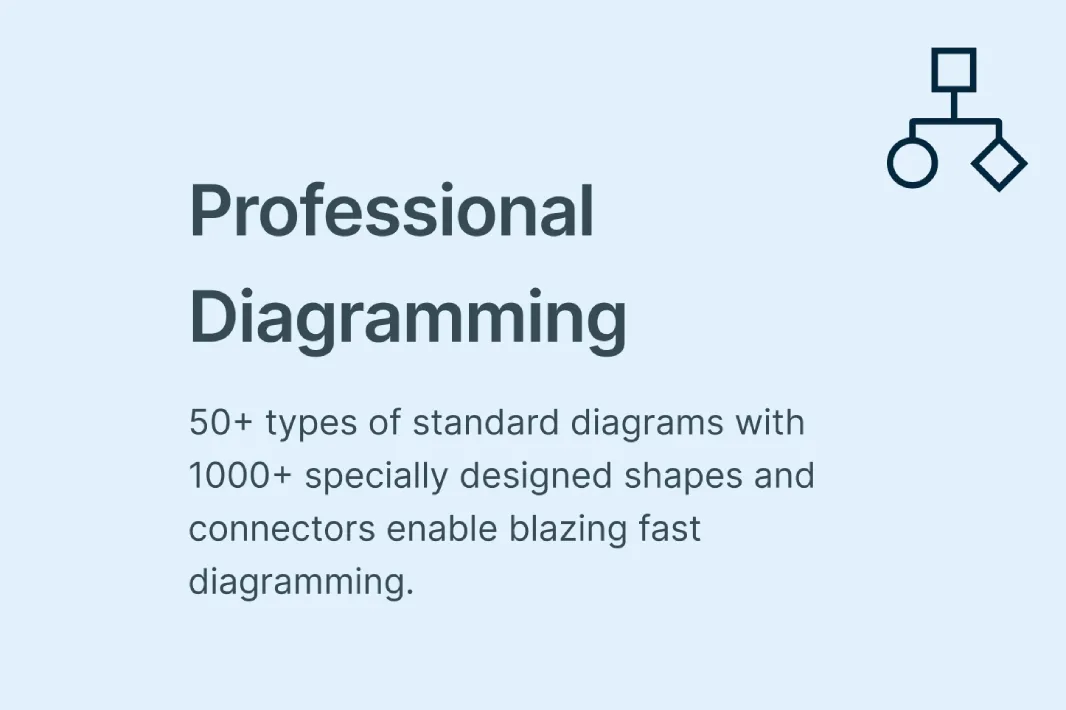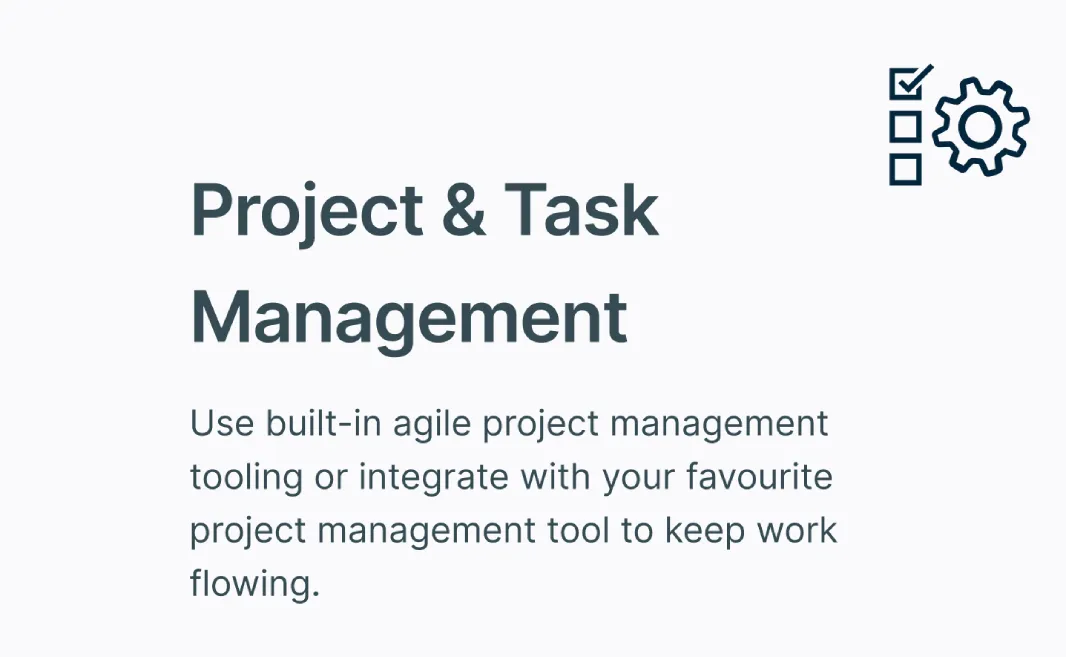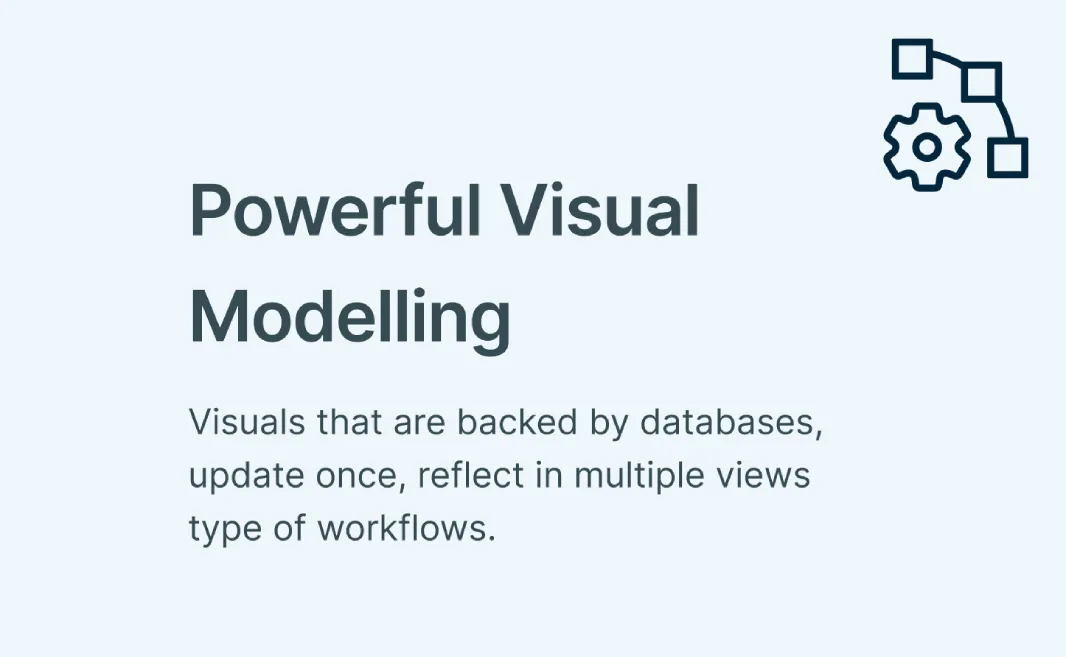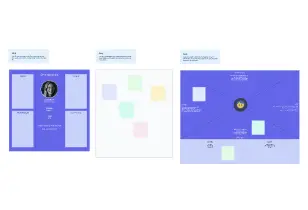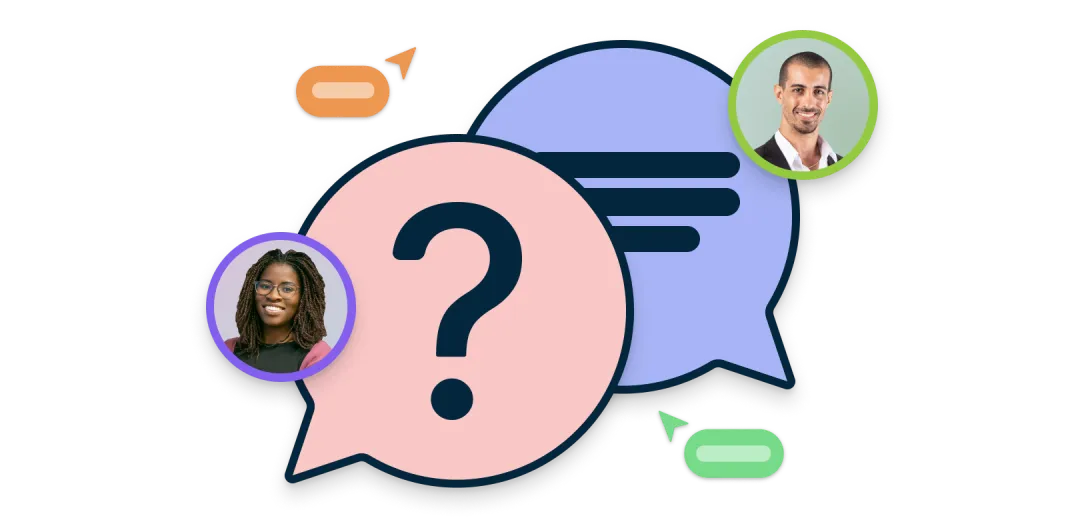Empathy Map Template
Uncover User Insights for Better Design
Use Creately’s empathy map template to gain a deep understanding of the user attitudes, behaviour, experiences, and needs.
- Research and engage with your customers to understand what they want
- Create and share empathy maps online with your team and stakeholders
- Customize your empathy map template quickly based on variety of data sources
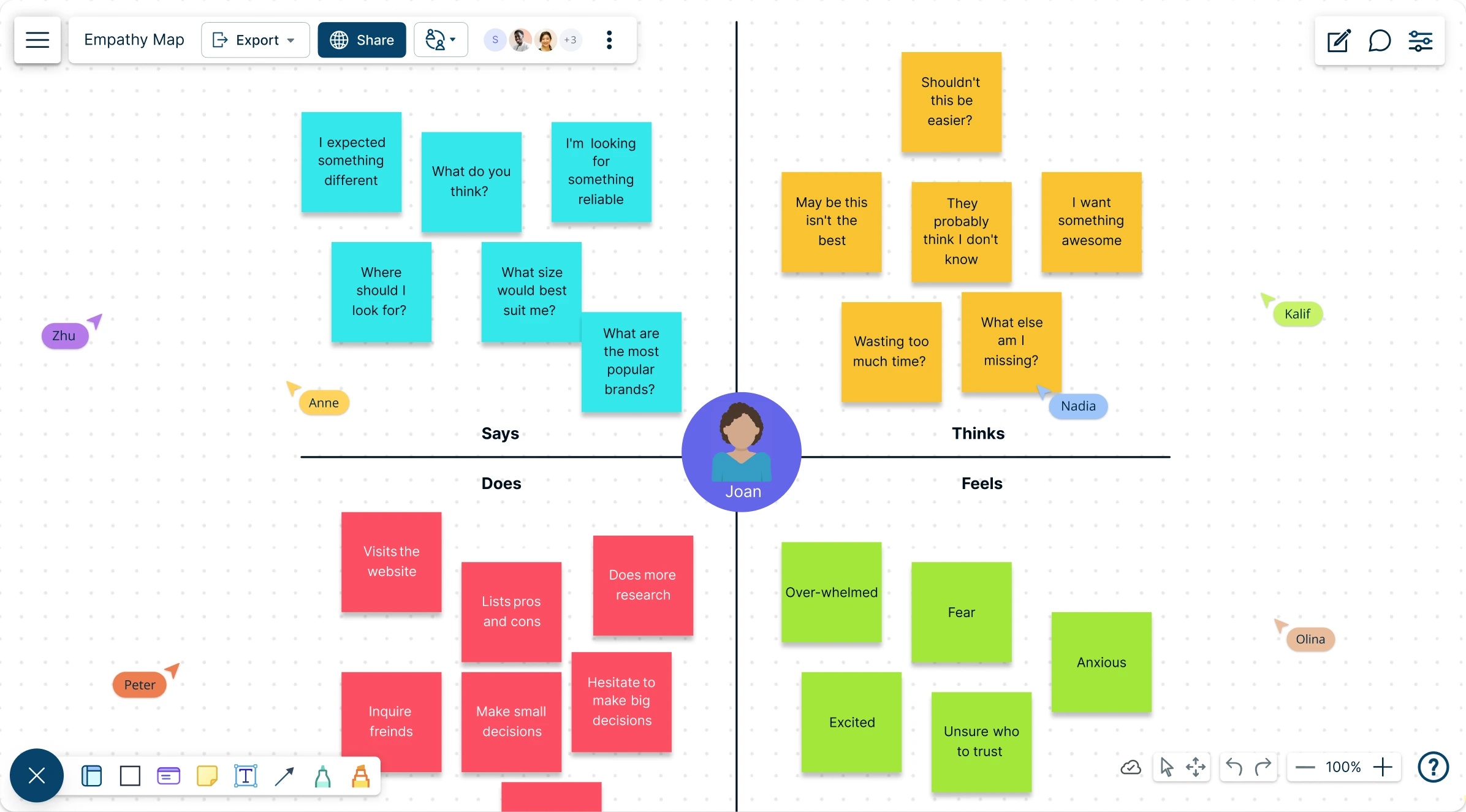
Over 10 Million people and 1000s of teams already use Creately

AI Empathy Map Generator

Understand Your Users Instantly
- Enter background info, or data of your user/customer and click ‘Generate’
- Watch Creately generate a complete empathy map with user insights.
- Collaborate, edit/change, and expand your analysis—all within one canvas.
Why teams love Creately’s AI Empathy Map Generator
 Save time – Automate empathy mapping, cutting down 90% of manual effort for deeper customer insights.
Save time – Automate empathy mapping, cutting down 90% of manual effort for deeper customer insights. Reveal hidden insights – Detect behavioral patterns and motivations that traditional mapping might miss.
Reveal hidden insights – Detect behavioral patterns and motivations that traditional mapping might miss. Privacy-first – Your data stays within Creately, ensuring security with no third-party retention.
Privacy-first – Your data stays within Creately, ensuring security with no third-party retention. Multilingual support – Perfect for global teams, ensuring inclusive and diverse user research.
Multilingual support – Perfect for global teams, ensuring inclusive and diverse user research. Unbiased perspectives – AI-driven clustering to surface real user emotions.
Unbiased perspectives – AI-driven clustering to surface real user emotions.
Your Hub for User Centric Design

Creately provides a range of empathy map templates to start mapping user thoughts, feelings, attitudes, and behaviors to enhance design decisions. Your customer interaction points can be laid out on Creately’s infinite canvas along with imported images and documents for more context. Visualize your empathy map online with Creately to gain a deeper understanding of the attitudes and behaviors of your customers.


Your Own Empathy Map Generator

Creately’s new empathy map generator is an AI-powered tool to quickly fill up your empathy map template if you’re unsure on how to get started. With a simple prompt, the empathy map generator will get to work understanding the context of your customer interactions and generate a fresh empathy map template with some ideas to help you begin.
Identify Customer Needs and Design Experiences

Seamlessly bring data from any source to visualize on the canvas, turning behavioral needs into rich customer experiences. The empathy map template can be easily customized to include prioritization grids, showing where your team needs to focus on next. With commenting, discussions, and follow-ups all happening within the same canvas, collaboration becomes effortless. Additionally, whiteboarding enhances real-time teamwork, enabling closer coordination.

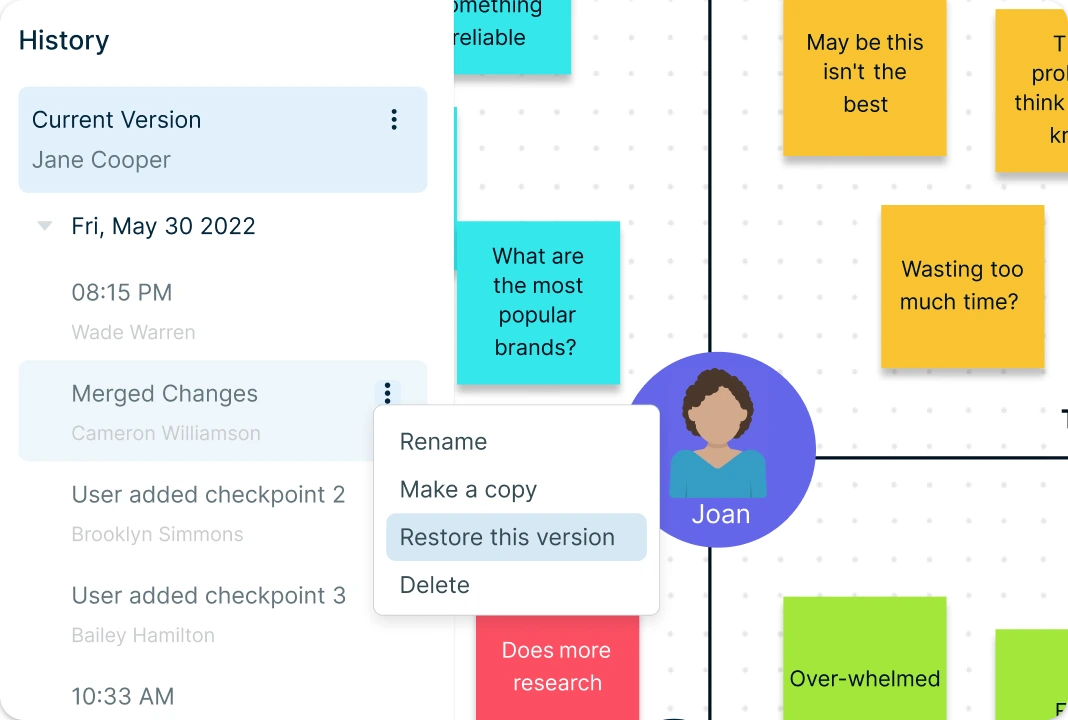
Extract Meaning from Customer Data

Creately’s empathy map maker allows you to use data shapes to intelligently link datasets. This enables varied perspectives and narratives to emerge from the customer data. A full version history ensures thorough analysis of changes made by collaborators and allows for tracking key points during customer data mapping. If needed,you can branch out from an earlier version at any time.
What Is An Empathy Map Template?
An empathy map template is a visual tool used to map, interpret, and understand user thoughts, feelings, and behaviors, helping teams design better user experiences. It typically consists of four quadrants: what users say, think, feel, and do. This helps businesses to gain deeper insights into customer needs and frustrations. An empathy map template is commonly used in design thinking and user research to improve products and services.
Say
This quadrant captures direct quotes from users, including statements made during interviews, surveys, or feedback sessions. It reflects their explicit thoughts and opinions about a product or service.
Think
In this quadrant, designers explore the user’s internal thoughts, concerns, and motivations. This section may include unspoken worries, expectations, or desires that influence their decision-making.
Feel
This quadrant focuses on the user’s emotions, such as frustrations, excitement, or anxieties. Understanding these emotional responses helps teams create more empathetic and user-friendly solutions.
Do
This quadrant highlights the user’s actions and behaviors, including how they interact with a product or service. Observing these behaviors provides insights into usability and potential areas for improvement.

How to Use the Empathy Map Tool in Creately?
Start with a Blank Canvas:
When you open Creately, you will be greeted with the infinite canvas, the workspace where you will be able to utilize any shape, symbol or tool to visualize your customer empathy map according to your needs.Choose an Empathy Map Template:
Browse Creately’s collection of templates to find one that fits your business requirements. It should include quadrants to mention what the user does, sees, hears, thinks and feels. You can add this to your workspace and customize it as you see fit.Define Users:
To fill out your empathy map template, you need to gather relevant research data based on user personas for different user segments. You will need separate empathy maps for different personas. Once you identify which customer you want to empathize with, define their situation, needs and goals.Gather User Experience Data:
Examine the experiences of the users to understand what it is like to be them. Gather details on what users say, think, feel, and do by conducting interviews, surveys, and observing customer interactions.Fill Your Empathy Map Template:
Fill in your empathy map template with the information gathered from your research. You can use color coding, tags, comments, and sticky notes to add more information or context.Invite Team for Real-Time Collaboration:
Some of the data can be gathered from your internal team such as designers, developers, marketers, and product managers. Invite them to your workspace and allow them to contribute their knowledge of the customer. You can allow any team member to edit in real-time for more efficient collaboration.Share Your Empathy Map Online:
Once your empathy map has been finalized, you can share your findings with relevant members of your business. You can export the empathy map as PNG, JPEG, PDF, or SVG. You can even create a slideshow if you have multiple empathy maps created for different customer personas.
Empathy Map Templates to Get Started
FAQs About Empathy Map Templates
Why are empathy maps useful?
Can empathy maps be used for business strategy?
What are the benefits of using a pre-built empathy map template?
- Saves time by providing a structured format.
- Ensures consistency across teams.
- Helps visualize user insights effectively.
How often should I update my empathy map?
What’s the difference between an empathy map and a persona?







